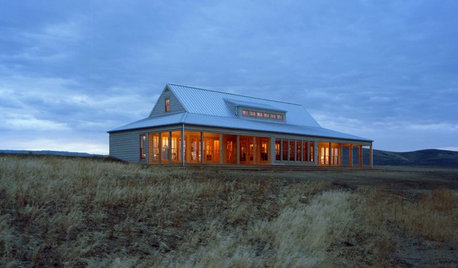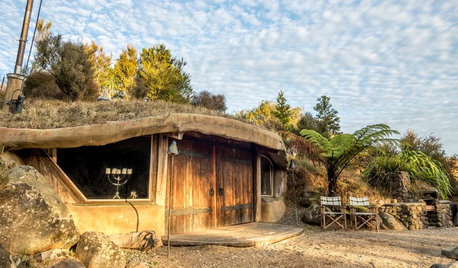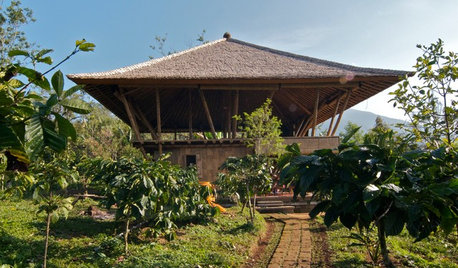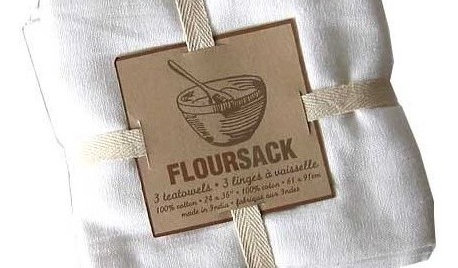diatomaceous earth- what can it do?
phantom_white
12 years ago
Related Stories

SHOP HOUZZShop Houzz: Ecofriendly Decor for Earth Day
Recycled, sustainable, ecofriendly decor you can feel good about
Full Story0

REMODELING GUIDESArchitect's Toolbox: Roofs that Connect Earth and Sky
A roof's design can connect us to the land or lift us above it all. Which style is for you?
Full Story
GARDENING GUIDES10 Tips to Start a Garden — Can-Do Ideas for Beginners
Green up your landscape even if you're short on time, money and knowledge, with these manageable steps for first-time gardeners
Full Story
FUN HOUZZWe Can Dream: Hobbit Houses to Rule Them All
Escape the real world and explore your Middle-earth fantasies
Full Story
ARCHITECTURE15 Intriguing Homes Perched Above the Earth
Set on stilts, propped on pilotis or cantilevered into the air, these residences rise to the occasion
Full Story
GREEN DECORATINGBamboo Products — Earth Friend or Foe?
The ecofriendliness of this grass for flooring, wall coverings and furniture isn't cut and dried. Get the facts here
Full Story
PRODUCT PICKSGuest Picks: Earth-Friendlier Finds for the Home
Reduce paper and plastic use the simple, stylish way with ecoconscious kitchen, laundry and bathroom items
Full Story
SHOP HOUZZShop Houzz: A Down-to-Earth Boho Bedroom
Worldly furnishings and decor to give your sleep space a well-traveled look
Full Story0

PRODUCT PICKSGuest Picks: 20 Earth-Friendly Accessories for Baby
Get your nursery in top ecofriendly form with essentials and extras that have organic cred or a low carbon footprint
Full Story
EARTH DAY5 Ideas for a More Earth-Friendly Garden
Consider increasing the size of garden beds, filtering rainwater and using plants to reduce energy use
Full Story






rhizo_1 (North AL) zone 7
phantom_whiteOriginal Author
Related Professionals
Parole Landscape Architects & Landscape Designers · South Elgin Landscape Architects & Landscape Designers · Mount Wilson Landscape Architects & Landscape Designers · Waterbury Landscape Contractors · Berkley Landscape Contractors · Bowie Landscape Contractors · Concord Landscape Contractors · Midland Landscape Contractors · Seminole Landscape Contractors · Suitland Landscape Contractors · Vadnais Heights Landscape Contractors · Fort Lee Decks, Patios & Outdoor Enclosures · Glendale Decks, Patios & Outdoor Enclosures · Kansas City Decks, Patios & Outdoor Enclosures · Redlands Decks, Patios & Outdoor Enclosuresluckygal
rhizo_1 (North AL) zone 7
luckygal
Kimmsr
rhizo_1 (North AL) zone 7
cvbreno
rhizo_1 (North AL) zone 7
cheerful1_gw
tracydr
toxcrusadr
rott
rhizo_1 (North AL) zone 7
toxcrusadr
mrisaacthegardener
adamrmf
toxcrusadr